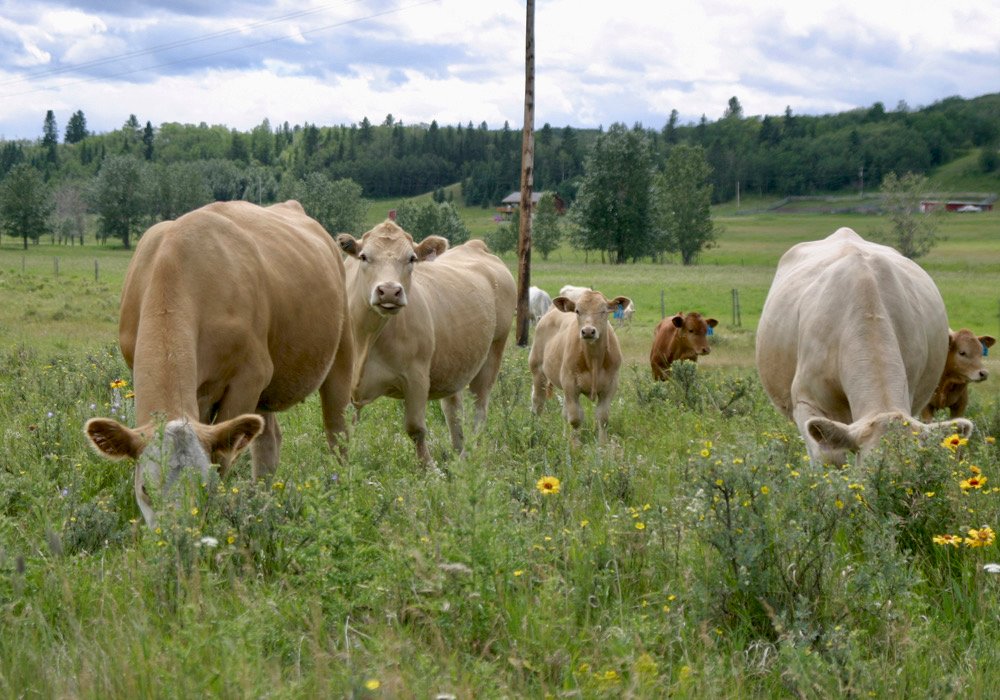Reducing methane can benefit livestock

Reducing methane emissions from cattle likely depends on more than one strategy, a researcher told the Animal Nutrition Conference of Canada.
Dr. Cecile Martin from the Université Clermont Auvergne in France said feeding strategies and phenotypic selection both have roles to play.
Why it matters: Strategies have emerged over the years to combat methane emissions, including feed rations, vaccines and genetic selection, but little research has been done using combinations of these strategies.
“Reducing methane has a double interest,” Martin said through an interpreter. “An environmental interest for humans but also a nutritional interest for ruminants, especially if the energy saved by reducing methane is used by the animal for its production.”
Methane is a greenhouse gas and emissions from livestock contribute to climate change. Martin said although methane has a short atmospheric life of about 10 years, its warming power is 28 times higher than carbon dioxide.
“For the animal this constitutes a loss in energy,” she said.
Methane production begins when microbes in the rumen start to produce hydrogen as they digest feed. A specific microbial population then combines this hydrogen with carbon dioxide to produce methane, or CH4.
Martin said strategies have emerged over the years to combat the problem, including feed rations, vaccines and phenotyping to select animals that produce less methane, but not much research has been done using combinations of these strategies.
She highlighted work in dairy cows that looked at reducing hydrogen production.
“To limit production we used flax, which is known to reduce methanogenesis,” she said. “The target reduction was 20 per cent. The same goes for nitrates, which act as a hydrogen sink in the rumen.”
The idea is the nitrates would essentially compete with methanogenesis and reduce emissions.
The study looked at the effects of flax and nitrates separately and then together.
Compared to the control diet, flax and nitrates both resulted in lower methane emissions by 17 per cent and 22 per cent, respectively, when fed alone.
But when they were combined there was a 32 per cent reduction in emissions.
“This cumulative effect is persistent over a period of four months,” Martin said.
The study found that feed intake and milk yield were lower for cows fed the combination diet but feed efficiency wasn’t affected. There was also no effect from the nitrates on the milk.
Energy benefits from decreased methane were not seen in the dairy cows fed the combination diet.
Martin also spoke about research in genetic selection for low methane emissions. She said interest in this type of research has increased since it was found the trait is moderately heritable.
Other work is looking at proxies such as milk composition to predict methane emissions.
This article was originally published at The Western Producer.
Source: Farmtario.com

